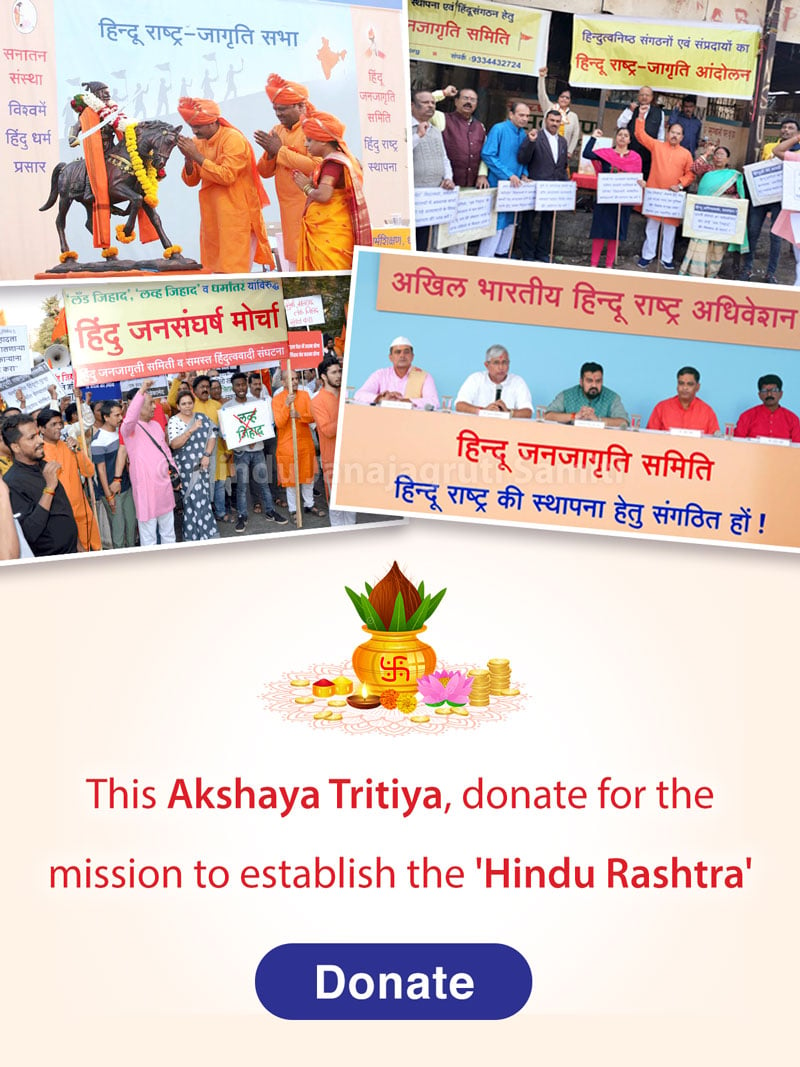Indian metallurgists have developed a type of corrosion-resistant iron that construction engineers would love. And vital clues for it came for Delhi’s famous Iron Pillar that has been standing tall for over 1,600 years.
Developed by Ramamurthy Balasubramaniam and his former student Gadadhar Sahoo of the Indian Institute of Technology (IIT) in Kanpur, the iron contains phosphorus and shows remarkable resistance to corrosion, especially in concrete.
‘This is a significant first step in the possible commercial (large-scale) use of these irons,’ Balasubramaniam, better known as Bala, told IANS.
Most steels today contain small amounts of carbon and manganese. Modern steel makers avoid phosphorus because its segregation to grain boundaries makes the steel brittle.
But the IIT team successfully produced ductile phosphoric irons by driving the phosphorus away from grain boundaries through clever alloy design and novel heat treatment.
Ironically, Bala’s material is not new. It was being made by Indian ironsmiths centuries ago. Bala says he got the clue for developing this material from the six-tonne seven-metre tall Delhi Iron Pillar – a major tourist attraction in the Qutb Minar complex — that has been standing for centuries in the harsh weather of the capital without any corrosion.
‘As a metallurgist, I was intrigued,’ Bala told IANS. And his passionate quest to unravel the mystery that began in 1990s has now culminated in phosphoric irons.
The test samples developed by the IIT team remained fresh after three months of being immersed in solution, simulating the corrosive concrete environment, whereas the best commercially available steels got rusted. In another experiment, they embedded the samples in concrete to simulate actual conditions and obtained similar results.
‘The work is especially important in regard to the widespread use of steels in civil structures,’ said Gerhard E. Welsch, professor of Materials Science and Engineering at Case Western Reserve University (Cleveland, Ohio).
‘The recent bridge collapse in Minneapolis has added new urgency,’ Welsch said in a congratulatory message to Bala. Seven people died when the bridge across the Mississippi river collapsed Aug 2, 2007.

